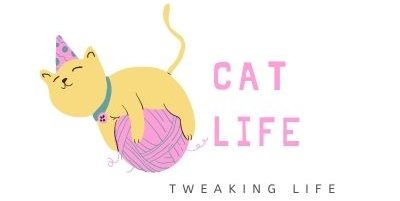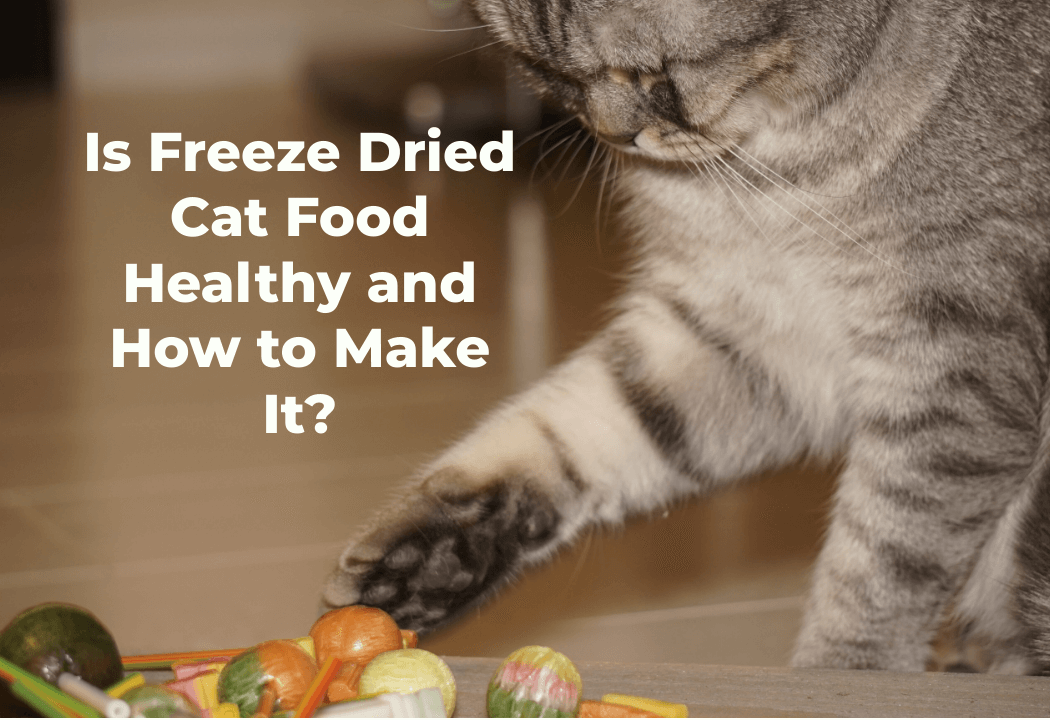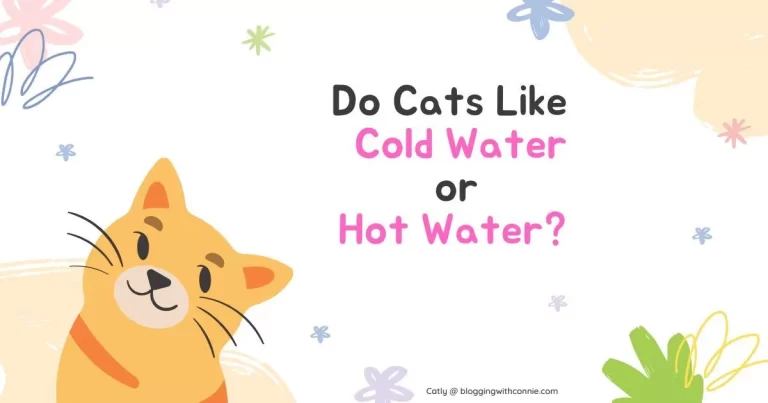Is Freeze Dried Cat Food Healthy and How to Make It?
In recent years, freeze dried cat food has gained popularity among pet owners seeking alternative options to conventional dry or wet cat food.
This method of food preservation involves removing moisture from the ingredients while retaining their nutritional integrity.
But amidst the growing buzz, many pet owners wonder: Is freeze dried cat food truly healthy for our cat? Let’s delve into the topic and explore its health aspects in detail.
Key Takeaways
- Freeze dried cat food is a more nutritious option for cats.
- Many cats find freeze dried food highly palatable due to its taste and texture.
- Rehydrating freeze dried food before serving can help increase your cat’s overall water intake.
- Nutritional Composition of Freeze Dried Cat Food
- Can Cats Eat Freeze Dried Treats?
- The Difference: Freeze Dried vs. Dehydrated Cat Food
- Potential Benefits of Freeze Dried Cat Food for Your Cat
- Considering the Drawbacks: Is Freeze Dried Food Too Good to Be True?
- How to Prepare Freeze Dried Cat Food?
- How to Make Freeze Dried Cat Food?
- Can You Freeze Dry Cat Food from the Can?
Nutritional Composition of Freeze Dried Cat Food
Freeze dried cat food typically boasts a nutrient-rich profile, comprising essential components like proteins, fats, and carbohydrates. Unlike some traditional cat foods that may lose nutrients during processing, freeze dried cat food options often retain a higher percentage of these vital elements.
This retention is attributed to the gentle freeze-drying process, which minimizes heat exposure and helps preserve the nutritional content of the ingredients.
Proteins are crucial for cats as they are obligate carnivores, requiring a diet rich in animal-derived proteins. Freeze dried cat food often contains high-quality protein sources such as meat, poultry, or fish, providing the amino acids essential for maintaining muscle mass and overall health.

Similarly, fats play a vital role in a cat’s diet, providing energy and supporting various bodily functions. Freeze dried cat food typically contains healthy fats derived from animal sources, which are essential for promoting skin and coat health, as well as supporting cognitive function.
Carbohydrates, while not as essential for cats as they are for humans, can still be present in freeze dried cat food in moderate amounts. These carbohydrates often come from ingredients like fruits, vegetables, or grains and provide fiber and other nutrients beneficial for digestive health.
Can Cats Eat Freeze Dried Treats?
Absolutely, freeze dried treats can be a wonderful addition to your cat’s diet and can serve as a nutritious and tasty snack. These treats are typically made from high-quality ingredients and undergo a gentle freeze-drying process that helps preserve their natural flavors and nutritional integrity.
Many cats find freeze dried treats irresistible due to their concentrated flavor and aroma, making them an excellent choice for rewarding good behavior or simply showing your cat some love.
When choosing freeze dried treats for your cat, it’s essential to select options that are specifically formulated for feline consumption. Look for treats made from single-source proteins like chicken, turkey, or fish, as these are more likely to align with your cat’s dietary needs and preferences.
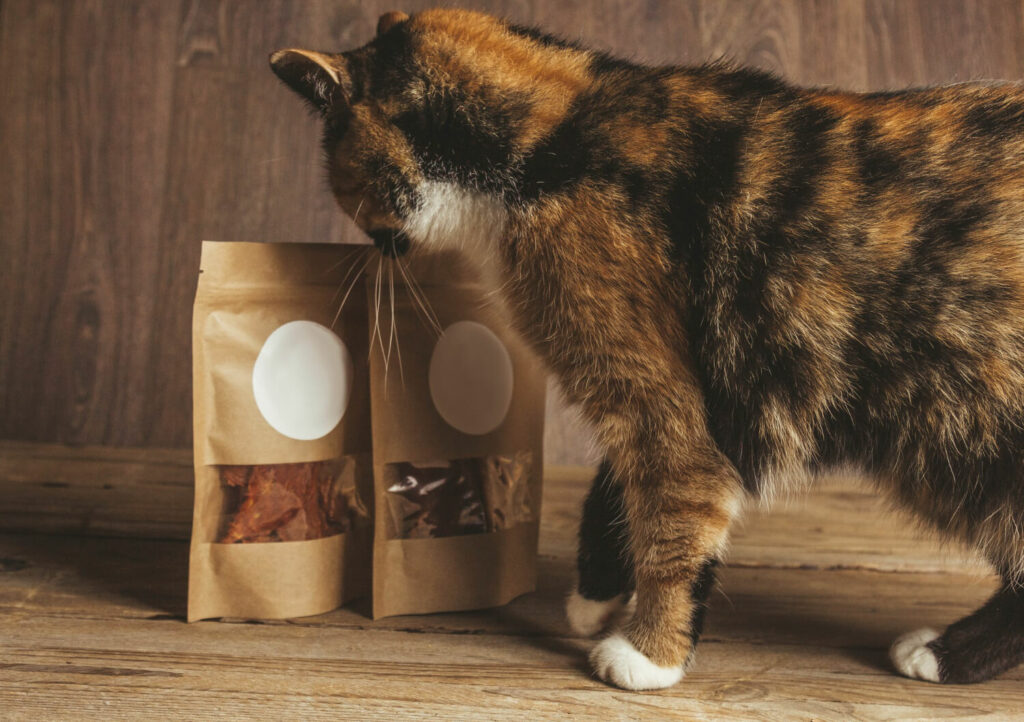
Additionally, opt for treats that are free from artificial additives, preservatives, and fillers, as these can detract from the overall nutritional value of the treat and may even cause digestive upset in some cats.
Feeding freeze dried treats to your cat in moderation is key to ensuring they remain a healthy and enjoyable part of their diet. While these treats are nutrient-rich and packed with flavor, they should be offered as occasional snacks rather than replacing regular meals.
Overindulgence in treats can lead to weight gain and nutritional imbalances, so it’s important to incorporate them into your cat’s diet responsibly.
Before introducing freeze dried treats to your cat, it’s a good idea to consult with your veterinarian, especially if your cat has any underlying health conditions or dietary restrictions.
Your vet can provide personalized recommendations based on your cat’s unique needs and help you determine the appropriate portion sizes and feeding frequency for freeze dried treats.
The Difference: Freeze Dried vs. Dehydrated Cat Food
When it comes to exploring alternative options to traditional wet or dry cat food, freeze dried and dehydrated cat foods often come into the spotlight. While both undergo processes that involve removing moisture from the ingredients, they are not the same, each with its unique characteristics and benefits.
Freeze dried cat food undergoes a process called freeze-drying, where ingredients are frozen and then slowly dehydrated under low temperatures. This method helps preserve the natural flavors, nutrients, and texture of the ingredients, resulting in a product that is lightweight, shelf-stable, and highly nutritious.
The freeze-drying process minimizes heat exposure, which can degrade the nutritional content of the ingredients, making freeze dried cat food a popular choice among pet owners seeking a wholesome and convenient option for their furry companions.
On the other hand, dehydrated cat food involves removing moisture from the ingredients through the application of heat. While this method also preserves the nutritional content of the ingredients to some extent, it may not retain as many nutrients as freeze-drying due to the higher temperatures involved.
Dehydrated cat food typically requires rehydration with water before serving, which can be an extra step for pet owners but also provides an opportunity to add moisture to their cat’s diet.
In terms of texture, freeze dried cat food often retains more of the original texture and shape of the ingredients compared to dehydrated cat food, which may result in a crunchier or more brittle texture.
This difference in texture can impact palatability and appeal to individual cats, with some preferring the crispness of freeze dried cat food while others may enjoy the softer texture of dehydrated food.
Potential Benefits of Freeze Dried Cat Food for Your Cat
- A Nutritional Powerhouse for Obligate Carnivores: Cats are obligate carnivores, meaning their bodies are specifically designed to thrive on a diet rich in animal protein. Freeze dried cat food often boasts a higher protein content compared to kibble, potentially aligning better with a cat’s natural dietary needs.
- Preserving Vitamins and Minerals: The freeze-drying process offers a potential advantage over traditional processing methods used in kibble production. Since there’s minimal heat involved, some vitamins and minerals that might be destroyed during high-temperature cooking could be better preserved.
- A Feast for the Senses: Freeze dried cat food often retains the enticing taste and texture of raw meat, making it highly palatable for cats, especially picky eaters who might turn their noses up at kibble.
- Hydration Boost: Unlike dry kibble, freeze dried cat food requires rehydration before feeding. This process adds moisture to the food, potentially increasing your cat’s overall water intake, which is crucial for their health.
- Whole Food Focus: Some freeze dried cat food diets may prioritize whole food ingredients like meat, vegetables, and fruits, potentially offering a more natural alternative to kibble that might rely on byproducts and fillers.
Considering the Drawbacks: Is Freeze Dried Food Too Good to Be True?
While freeze dried cat food offers numerous benefits, it’s essential to consider some potential concerns before making it a staple in your cat’s diet.
Cost can be a significant factor for pet owners, as freeze dried cat food tends to be more expensive than conventional options. However, many argue that the superior quality and nutritional benefits justify the higher price point.
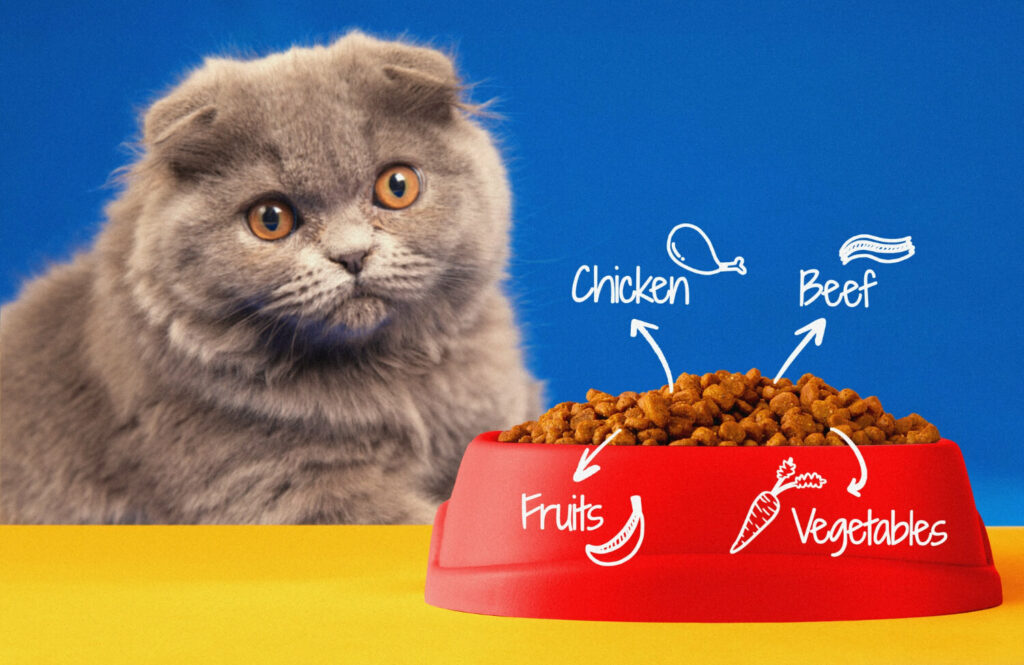
There’s also the risk of contamination during the processing of freeze dried cat food, although reputable brands adhere to strict quality control measures to minimize this risk. Nonetheless, pet owners should always inspect the packaging for signs of damage or tampering before purchasing.
Moreover, the availability of freeze dried cat food may vary depending on location, with some brands or varieties being more challenging to find than others. This can be frustrating for pet owners who prefer specific formulations or flavors for their cats.
The texture of freeze dried cat food, while appealing to some cats, may pose challenges for others, particularly in terms of dental health. Some cats may struggle to chew or break down the freeze dried pieces, potentially leading to dental issues if not addressed.
How to Prepare Freeze Dried Cat Food?
Preparing freeze dried cat food is easy. Here’s how you can do it:
First, get everything you need: freeze dried cat food, a clean bowl, and fresh water. Make sure to pick the right amount of food for your cat based on their weight.
Put the freeze dried cat food in a clean bowl. It’s important to keep everything clean to keep your cat healthy.
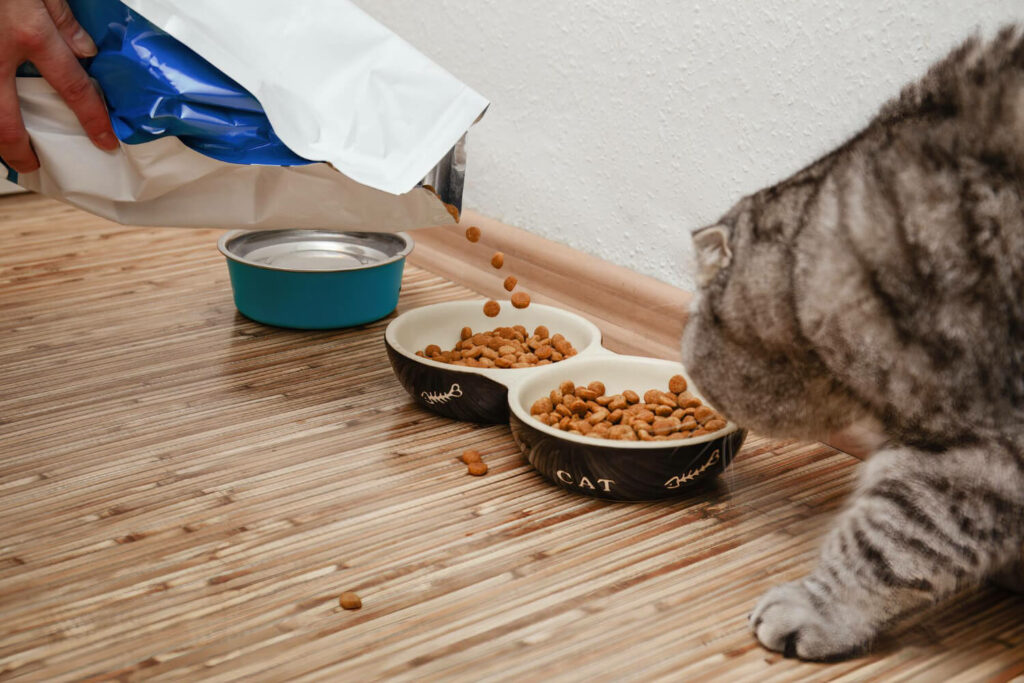
Then, add some water to the food in the bowl. Make sure the water is not too hot or too cold, just room temperature is good. Pour enough water to cover the food completely.
Let the food soak in the water for some time. The package will tell you how long. During this time, the food will absorb the water and become softer for your cat to eat.
After waiting, check if the food looks soft enough for your cat to eat. If it’s still too dry, add a bit more water and wait a bit longer.
When the food is ready, serve it to your cat in a clean bowl. Watch how your cat eats and adjust the amount of food and water as needed.
Keep any leftover food in a sealed container in a cool, dry place for next time. And that’s it! You’ve prepared freeze dried cat food for your furry friend.
How to Make Freeze Dried Cat Food?
Many people worry about the safety of store-bought pet foods. That’s why they’re making food at home for their pets. Homemade meals are often healthier.
If you have a freeze dryer, you can easily make healthy recipes for your cat or dog. Just prepare the food, freeze-dry it in small portions, and you’re good to go! This way, you know exactly what’s in your pet’s food, and it’s fresh and healthy.
First, gather high-quality ingredients such as lean meats, vegetables, and supplements to provide a balanced diet for your cat. Choose ingredients that are suitable for cats and avoid any harmful additives or fillers.
Next, prepare the ingredients by chopping or slicing them into small, bite-sized pieces. This ensures that the food will freeze-dry evenly and maintain its texture and flavor. Cook the ingredients thoroughly to eliminate any harmful bacteria and enhance the taste of the final product.
Once the ingredients are cooked, spread them out evenly on a baking sheet or tray and place them in the freeze dryer. Follow the manufacturer’s instructions for operating the machine and set the temperature and time according to the type of ingredients being used.
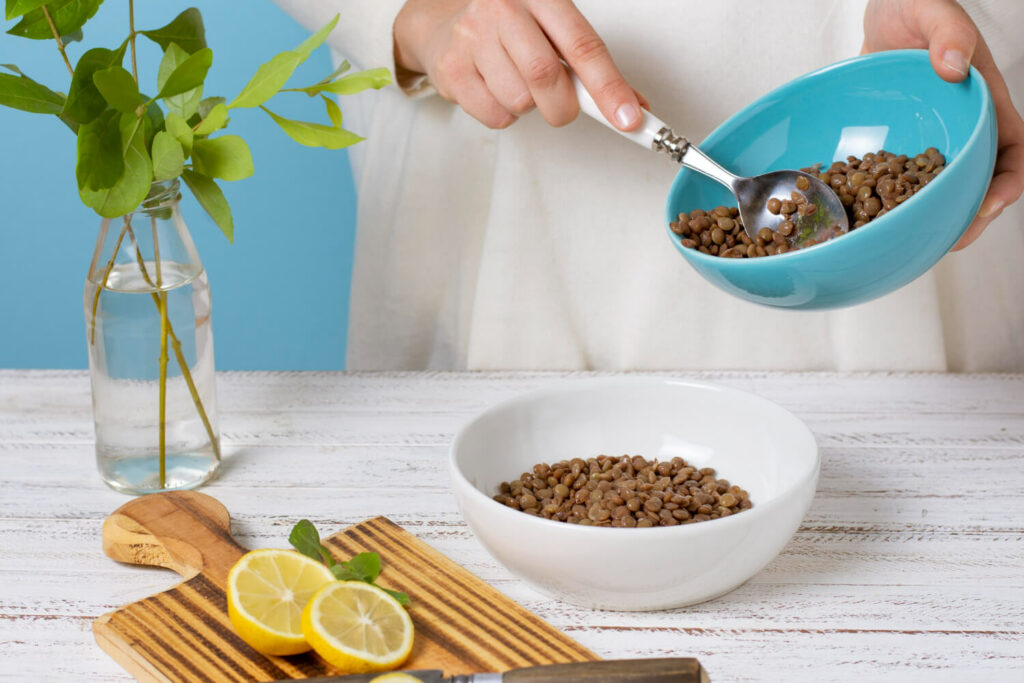
The freeze-drying process removes moisture from the food while retaining its nutritional content and flavor. Usually, it will take around a whole day (24 hours) for the food to freeze dry.
Once the freeze-drying process is complete, remove the freeze dried food from the machine and store it in airtight containers or vacuum-sealed bags to maintain its freshness. Label the containers with the date and type of food to keep track of its shelf life.
Before serving freeze dried cat food to your pet, rehydrate it by adding water and allowing it to soak for a few minutes. This restores the food to its original texture and makes it more palatable for your cat.
With these steps, you can make homemade freeze dried cat food that provides your pet with a healthy and delicious meal.
Can You Freeze Dry Cat Food from the Can?
Freeze-drying cat food from a can is possible, but it’s essential to follow the proper steps to ensure safety and maintain the food’s quality.
Start by opening the cat food container and transferring the contents to a clean tray or baking sheet. Spread the cat food out evenly to ensure that it freezes in small, individual portions. This helps with the freeze-drying process and ensures that the food retains its texture and flavor.
Place the tray or baking sheet in the freeze-drying machine. Follow the manufacturer’s instructions for operating the machine and set the temperature and time according to the type of food being used.
The freeze-drying process removes moisture from the cat food while retaining its nutritional content and flavor. Once the process is complete, remove the freeze dried cat food from the machine and store it in airtight containers or vacuum-sealed bags to maintain its freshness.
FAQ
Is freeze dried food good for cats
Freeze dried cat food can be a nutritious option for cats. It typically retains more of the natural nutrients found in raw ingredients compared to traditional processing methods.
Is freeze dried cat food safe?
Freeze dried cat food can be safe for cats when sourced from reputable brands that adhere to strict quality control measures. However, there’s always a slight risk of contamination during processing.
Is freeze dried cat food better than kibble?
Freeze dried cat food offers several potential advantages over kibble, including higher protein content, better nutrient preservation due to the freeze-drying process, and increased moisture content after rehydration.
Can I make freeze dried cat food at home?
Yes, you can make freeze dried cat food at home if you have a freeze-dryer. This allows you to control the ingredients exactly, but it requires careful preparation and adherence to proper food safety measures.
